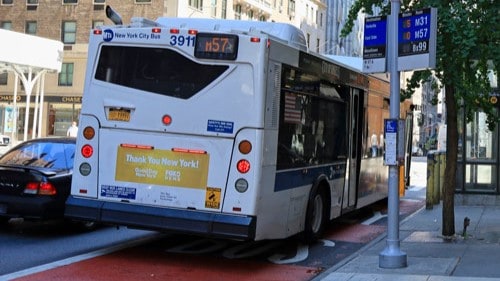At a glance
This module helps users to assess plans, policies, environments, and resources devoted to public transportation. This may include public transit infrastructure and access.

About this module
Who should be involved: Technical experts with knowledge of the community's planning, transportation, and public transit plans, policies, and resources. This specifically includes experts in:
- Planning
- Transportation
- Public transit
Time to complete: It will take approximately 30 minutes to complete Module 3.
